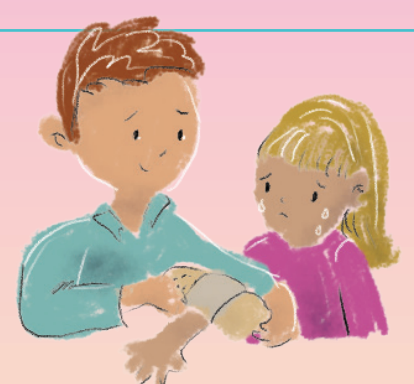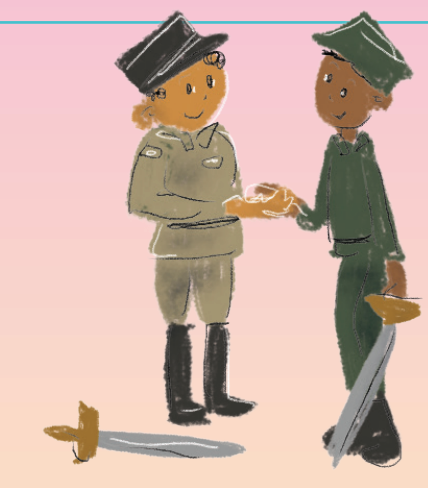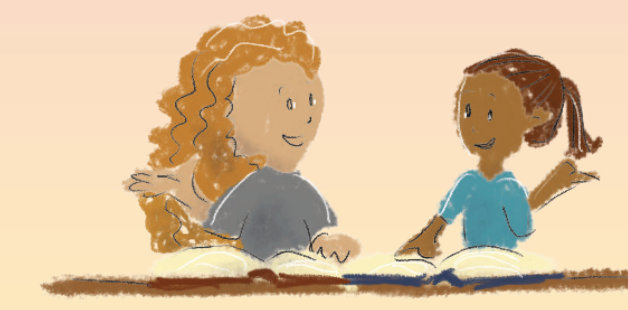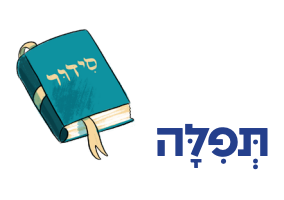
Prayer in the Parashah תְּפִלָּה
This week we saw a midrash that pointed out just how important peace is. We also noticed that peace is the climax of בִּרְכַּת כֹּהֲנִים (Birkat Kohanim, the Priestly Blessing).
Peace is also a prominent theme in tefillah. We end every single Amidah with a prayer for peace; either שִׂים שָׁלוֹם (Sim Shalom, “grant us peace”) or שָׁלוֹם רָב (Shalom Rav, “abundant peace”). When we pray for peace, what are we really asking for? Can you think of different possibilities?
A midrash offers three ways to understand it:
"וַיָּשֶׂם לְךָ שָׁלוֹם" (במדבר ו:כו)-
ר' חֲנַנְיָה סְגַן הַכֹּהֲנִים אוֹמֵר: וַיָּשֶׂם לְךָ שָׁלוֹם בְּבֵיתֶךָ.
ר' נָתָן אוֹמֵר: זֶה שְׁלוֹם מַלְכוּת בֵּית דָּוִד.
דָּבָר אַחֵר: זֶה שְׁלוֹם תּוֹרָה.
R. Hanina, the assistant high-priest says: "And grant you peace" — in your house.
R. Natan says: This is the peace that happens when David and his family are king.
Another explanation: This is the peace of Torah.

R. Hanina highlights peace between family members, which we often call שְׁלוֹם בַּיִת (shelom bayit, peace at home).

R. Natan points to the peace that happens when we have the right leaders, so we don’t have fighting or wars.

Another possibility is that we’re talking about the peace we experience when we learn Torah.
- When you say Sim Shalom or Shalom Rav, do you usually think about one specific kind of peace? Is it one of these three? Next time you pray for peace, can you try imagining a few different kinds of peace?
- What peace do you experience when you learn Torah? How is that peace different from the other kinds of peace?
-------------------
-------------------





